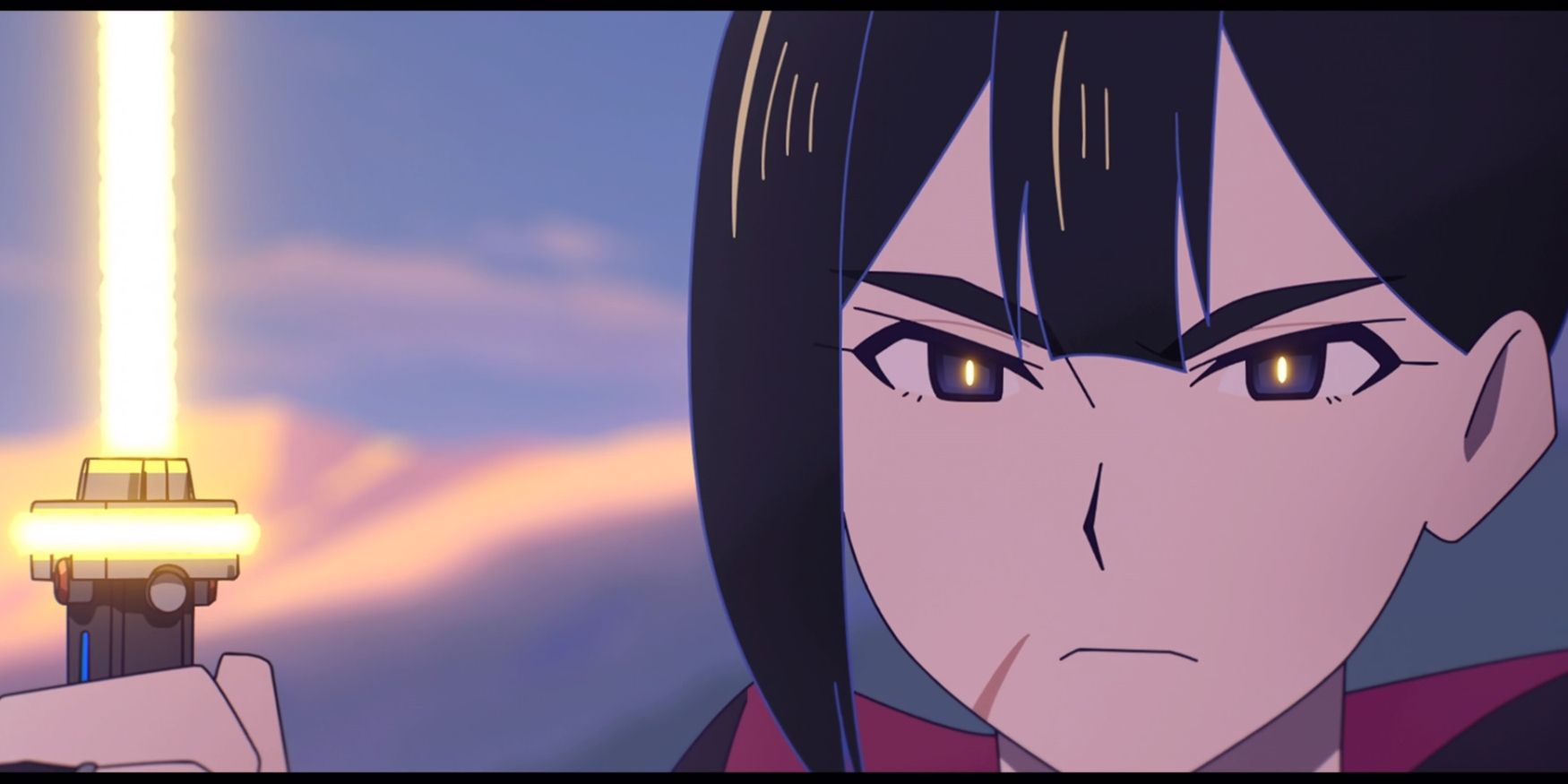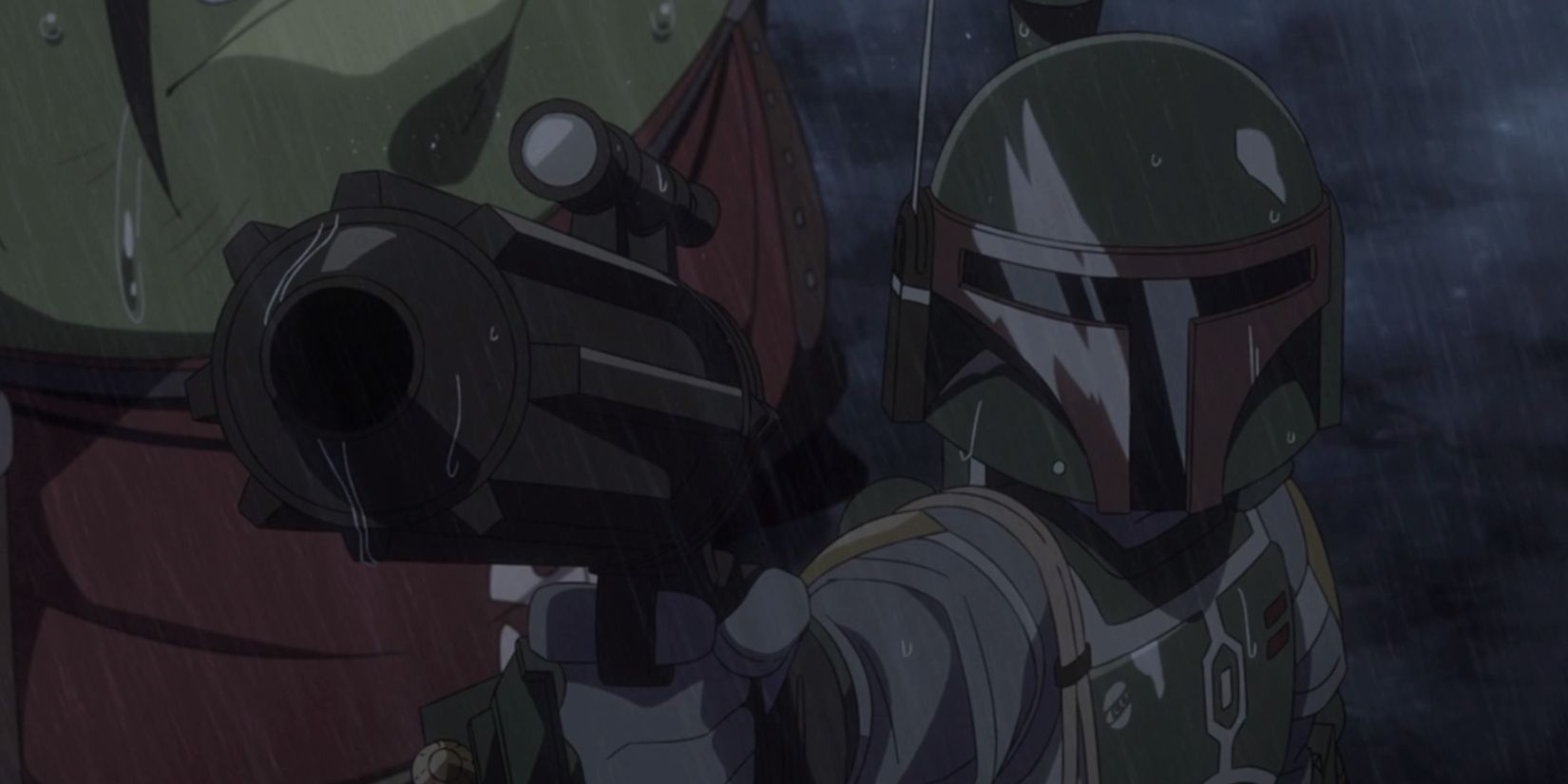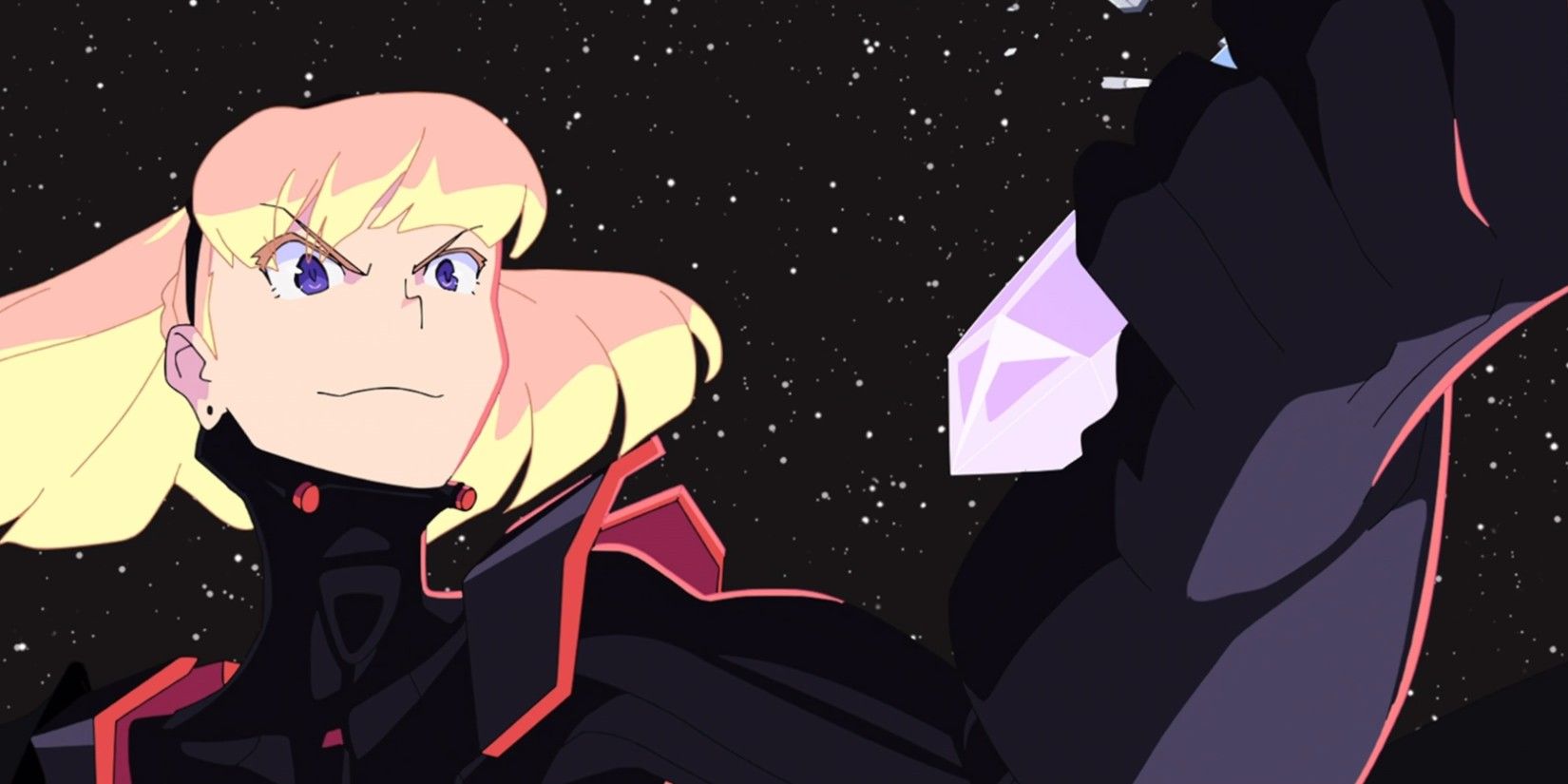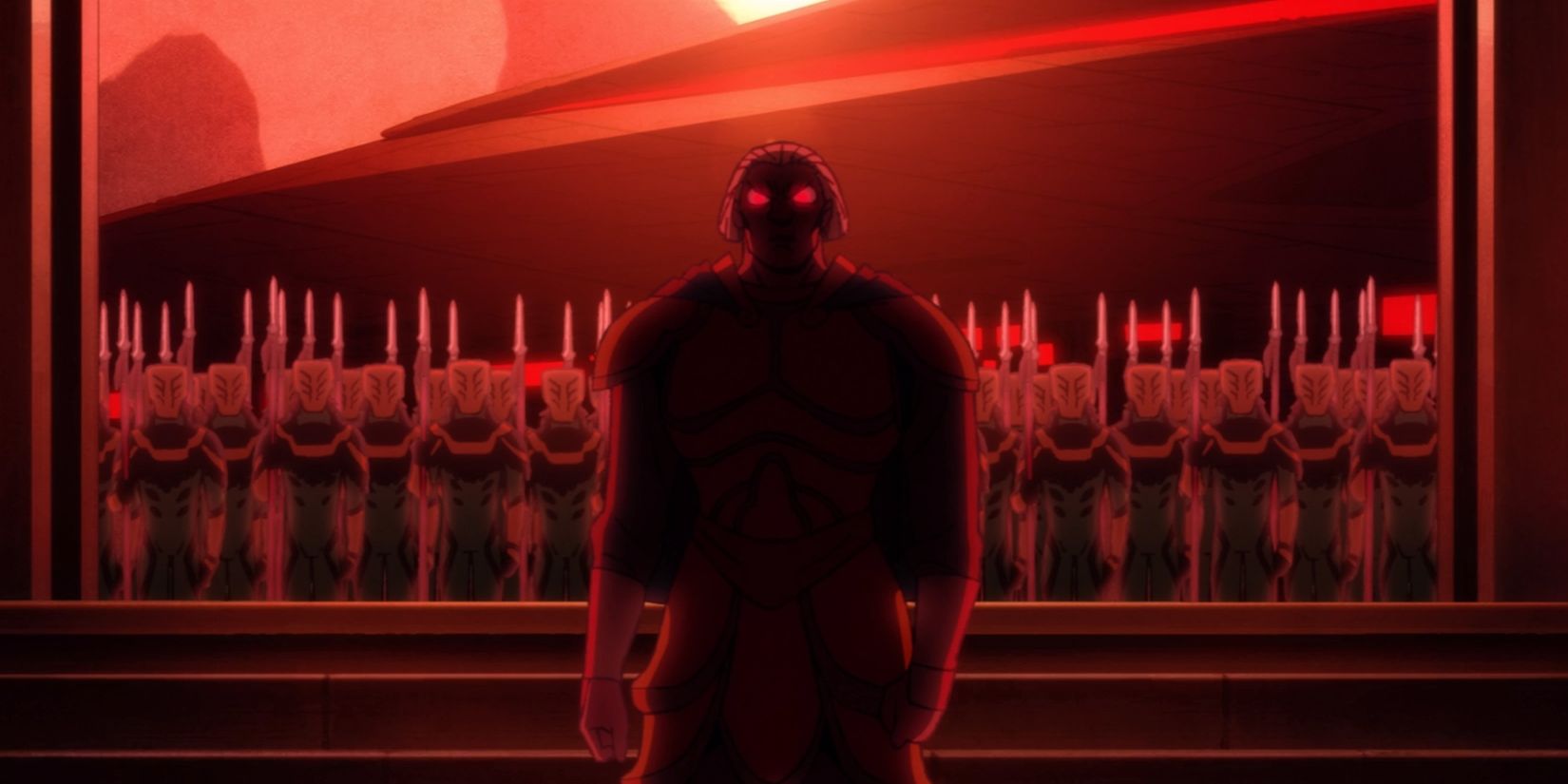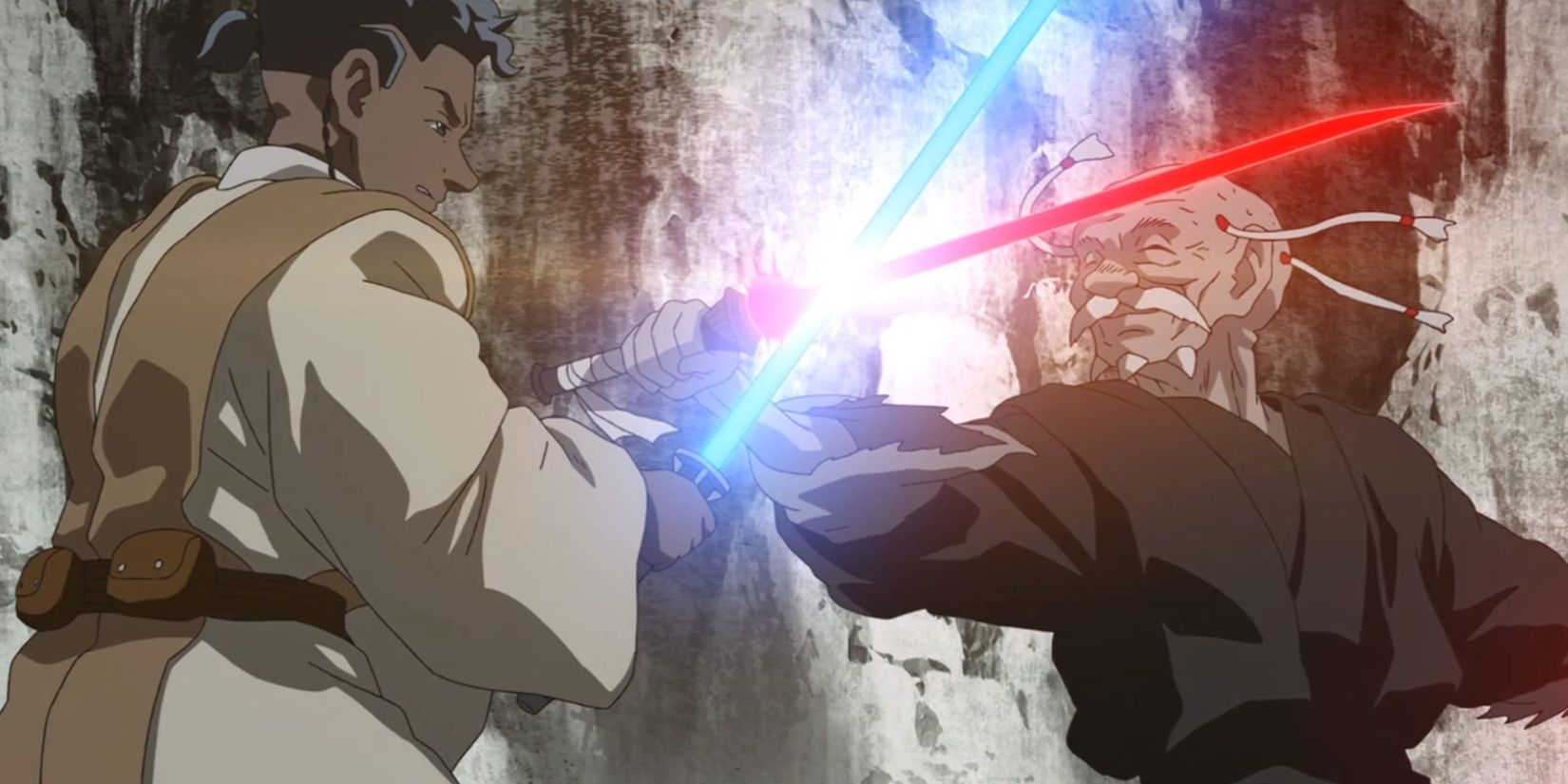Star Wars: Visions is perhaps the boldest project of the post-Skywalker saga era. The Japanese-American anime anthology has been met with great anticipation, marking the first time that the property has been placed in the hands of creators with different voices.
The result is a resounding success. Each of the nine stand-alone vignettes, no longer than 20 minutes in length, brings something different to the table. Whether it be animation style, motifs, force abilities or worlds, there are a plethora of new interpretations for fans to fall in love with all over again. Many are eager for the Star Wars universe to graduate away from the Skywalker saga, of familiar locations and iconography. Though Tatooine, X-Wings, and the Galactic Empire all return in some form, there is more than enough to satisfy those eager to move on as well as those less so.
It's fitting, poetic even, that the first short leans heavily into the style of Akira Kurosawa. The legendary Japanese filmmaker was a huge influence during the conception of Star Wars, and Visions opens with one of its strongest episodes. 'The Duel' is a stylish homage, monochromatic with the exception of laser blasts and lightsabers. The episode revolves around Ronin who arrives in a rural village minutes before a group of bandits, complete with a former Sith inquisitor. As the bandits take control of the village, the focus shifts to the bandit leader claiming to be a Sith and her duel with the lone wanderer. She taunts Ronin, assuming, as the viewer might, that his origins are Jedi. This makes it all the more rewarding when he ignites a red lightsaber, clashing with her own umbrella-like saber, as the battle becomes a precarious dance upon a log down river rapids. The action keeps audiences on their toes, much like the two foes, keeping them guessing who will survive the titular duel.
Visions thrives without the weight of having to distinguish its place in the canon, offering non-specific mentions of war when required, a brief flash of Order 66, or even loosely referring to the defeat of the separatists. After such an engrossing introduction, 'Tatooine Rhapsody' is a vibrant palate cleanser. This appears to be the easiest of the episodes to link to established canon, with protagonist Jay having fled the Great Jedi Purge as a former padawan.
Jay, voiced by Joseph Gordon Levit, is rescued by a Hutt named Gee and they form a band called Star Waver. Gee has fallen foul of Jabba by forsaking the crime syndicate, which lands him in Boba Fett's sights. Jay's dilemma and eventual decision are effectively symbolized by his faulty lightsaber hilt. When Gee requires rescue from execution, the story shows restraint when it comes to freeing the bass playing Hutt. Rather than Jay turn to his hidden past, as has been done many times before, Jay embraces the future. He channels the strength of Star Waver in the hope that they can earn Gee's freedom through music and their bond together.
'The Twins' is perhaps the weakest episode the show has to offer, if not an acquired taste. It certainly captures the spirit of Star Wars as a space opera with over-the-top action, attempts to inject humor, a soundtrack that channels A New Hope, and the most overt collection of familiar franchise iconography. But, despite being a reimagining of Luke and Leia's origins, it doesn't do anything particularly interesting with them. There is visual splendor, and it is wonderfully erratic, but it amounts to nothing more than an amalgam of series tropes and melodrama. Having said that, fans of Studio Trigger, the company behind this episode and the likes of Kill La Kill, may still find value here.
'Lop and Ocho' on the other hand, is a far more engaging look at the sibling storyline. Against the backdrop of an Imperial intrusion upon their homeworld, a family sworn to protect their home are at odds over whether to cooperate or not. Ocho's adopted sibling and escaped slave, Lop, strives to convince her not to join the Imperial armada. Their father sees the planet being stripped for resources, Ocho sees the Empire as progress and joins. Rejecting the importance of bloodlines, a heartbroken Yasaburo passes down an ancient lightsaber which represents a bond between parent and child to Lop as she attempts to redeem her sister.
Connection to the planet is a recurring theme through 'The Village Bride'. Another of the series' best offerings, it tells the poignant story of a marriage in a rural village. The narrative is framed through the eyes of two outsiders - one of whom is a Jedi in exile. The bride is to be imprisoned by a group of raiders that claimed power by reprogramming some old Battle Droids from the Separatist army. Nevertheless, the couple approaches the situation with poise.
The travelers muse on the spiritual symbiosis between the planet and its inhabitants during a force vision of the planet's memories. The dialogue is snappy, yet offers mystique. Beneath the female Jedi's facemask is some form of trauma. Though never explicitly revealed, it's attributed to an elusive master and a rippling red lightsaber. Only as the denouement approaches does she begin to break free from the loss that holds her. Similar themes permeate through 'T0-B1', as the cute little android carries out research to terraform the desolate world he calls home. The invading Sith inquisitor's words, "I cannot allow you to become a threat," evoke echoes of real-world imperialism in the name of supposedly preventing threats.
While some would prefer The Mandalorian to forgo Jedi involvement, Visions is happy to dig into the Jedi mythology, with 'Akakiri' a particular delight. The episode takes the distinct visual style of the studio Science SARU and tells a tale that parallels elements of Anakin Skywalker's journey. Tsubaki reunites with an old flame, Princess Misa, having been plagued by indistinct visions of death. Misa has been overthrown by her aunt Misago, who wields the dark side of the force. Attachment is among the many pitfalls outlawed by the Jedi that are brought into play here as the two travel to confront her. 'Akakiri' offers a devilish climax that will leave viewers craving more.
'The Ninth Jedi' imagines a lightsaber-less galaxy at an indistinct point in time. From the outset, the episode feels like it's waiting to spring a trap. When it finally does, the results are both surprising and exciting - introducing a unique take on kyber crystals and a magnetic heroine with a colorless saber in the process. While 'The Elder' is a much more subdued offering from Studio Trigger than 'The Twins'. This short provides a more intimate interpretation of a Jedi master and apprentice than the others, examining the many micro tensions between the teacher and pupil as they pursue a powerful enemy.
Visions has breathed new life into the franchise. It introduces a wealth of compelling characters to invest in, freed from the binds of established canon. Instead, it borrows gleefully from Star Wars staples like lightsabers and Star Destroyers, but frequently weaves entirely new interpretations of them both visually and philosophically. Whether Disney opts to proceed with a season 2, however, remains uncertain. With that in mind, Visions is a compelling case for the franchise to continue experimenting in the hands of new creators freed from anxiety of its history.
Star Wars: Visions is streaming now on Disney+.

